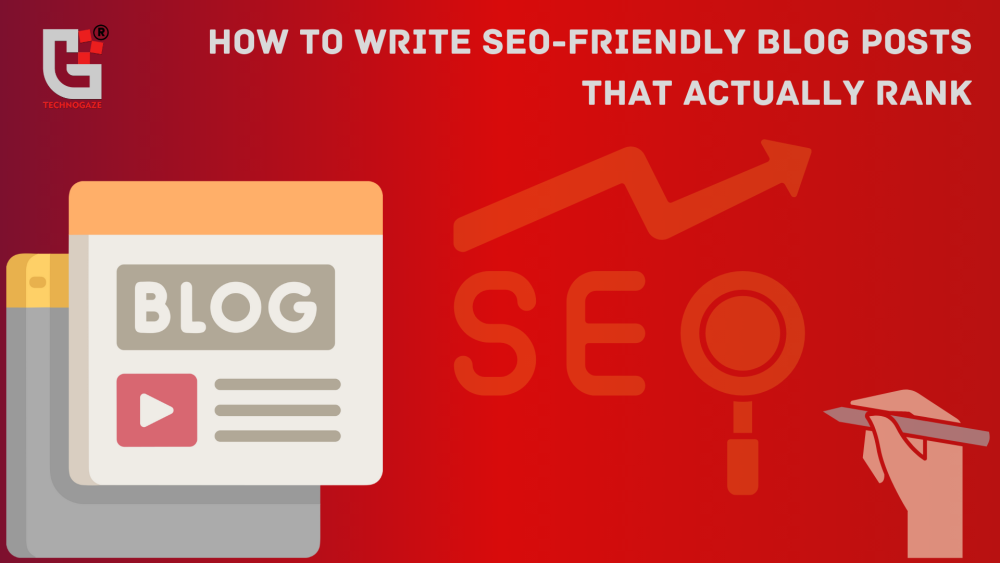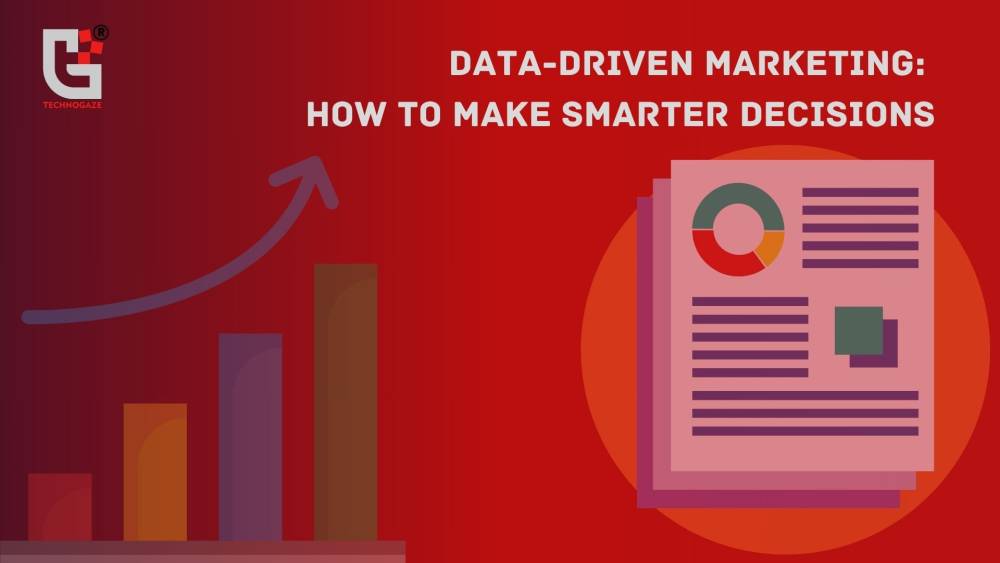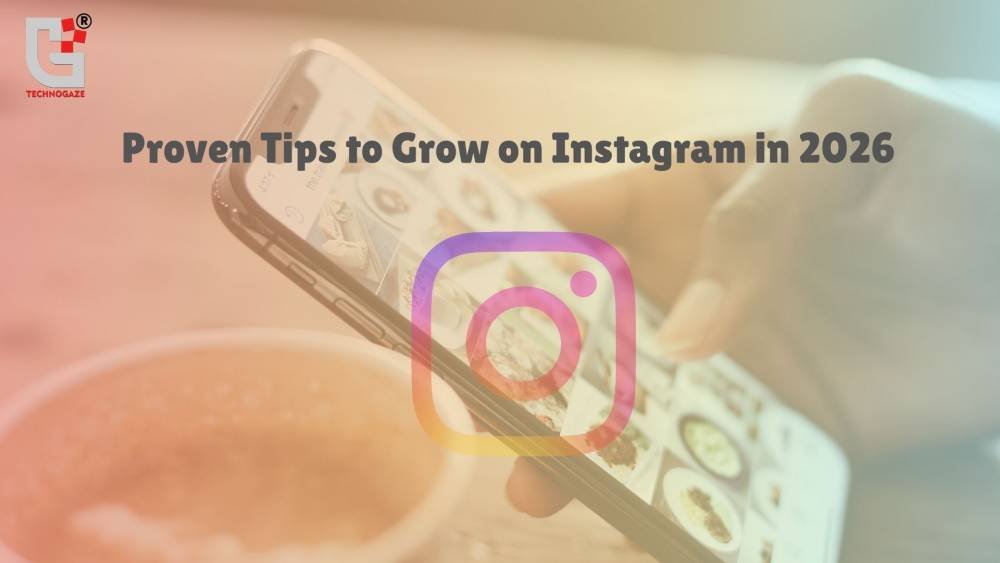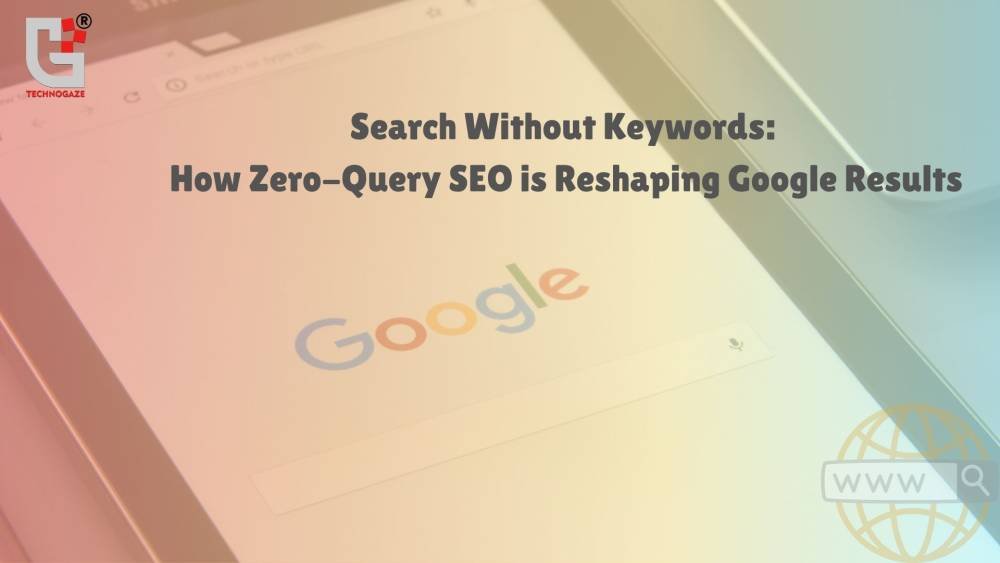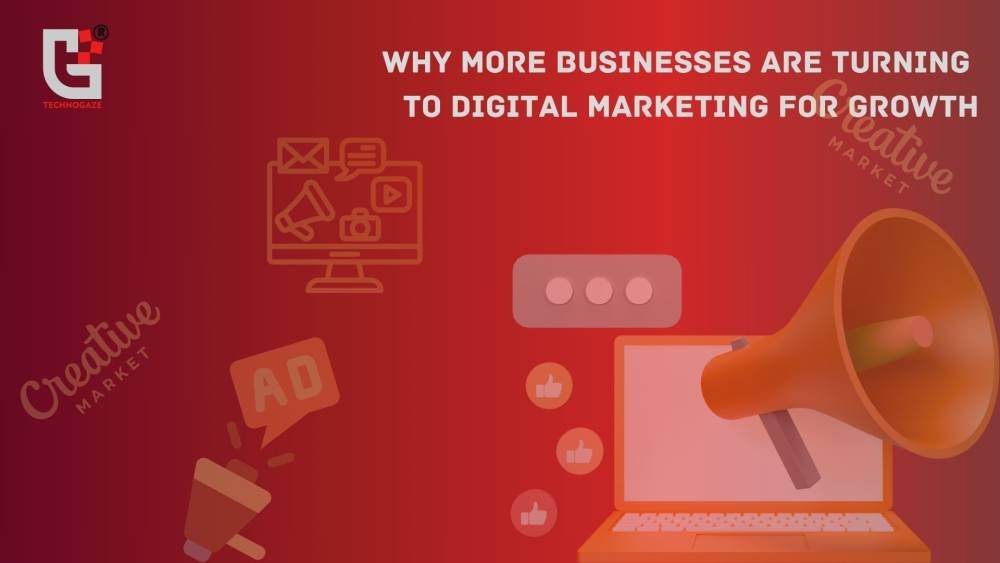
Top Digital Marketing Strategies for SMEs in 2025
The concept of going digital and growing digital is a constantly emerging frontier; it has become the main arena for all types and sizes of businesses, as branding your business online is now a quintessential step because who is not scrolling their screens nowadays??!!!
Regardless of your location, nature of business, types of services and products, promoting businesses online has now become a part of basic business promotion because somehow your ability to engage, convert, and retain customers increasingly hinges on digital clarity.
In 2025, the most successful SMEs are not the ones who do more; they’re the ones who do the right things consistently, with strategy and precision. At TechnoGaze, we’ve worked with multiple businesses across industries to build digital engines that scale intelligently. These are the strategies leading that transformation.
1. Local SEO Is No Longer Optional; It's Foundational
Search engines remain the most trusted source for business discovery worldwide. However, Google’s local search algorithms have become far more complex in 2025. They now prioritise proximity, relevance, interaction, and on-page signals, meaning your visibility depends not only on keywords but also on how actively you engage your local ecosystem.
The majority of customers tend to search for services within their comfort zone, both geographically and culturally. A tradie in Newcastle, for example, gains traction not through national exposure, but by dominating their niche local footprint with hyper-relevant content, strong reviews, and proximity-optimised listings. Local SEO is not just about being found, it’s about being trusted immediately upon discovery.
2. Paid Media Must Be Intent-Driven, Not Impression-Driven
In a world where digital ad space is saturated and CPCs (cost per click) fluctuate daily, SMEs around the world must treat every cent spent on paid media as an investment, not an experiment. With platforms like Google Ads, Meta, and LinkedIn offering AI-powered tools, the opportunity now lies in refining intent signals, rather than broad targeting.
The difference between a lead and a browser often lies in the landing experience. We consistently see higher conversion rates among clients who have tailored, mobile-optimised landing pages for each campaign segment, whether it's a recruitment agency or a niche legal firm anywhere in the world. Granular targeting, combined with performance data analytics and continuous testing, is how SMEs today outcompete larger players.
3. Strategic Content That Informs, Engages, and Persuades
Content remains king, but only when it rules with purpose. In 2025, audiences are increasingly wary of generic advice, recycled ideas, or keyword-stuffed fluff. What works is depth, clarity, and local context.
A well-written thought piece on "Digital Compliance for U.S.-based eCommerce Stores" or an in-depth guide on "Nailing UX for Tradie Websites" not only builds authority but also captures long-tail search traffic. Additionally, content with a face, whether it's your founder's story, your team's journey, or customer voices, generates trust in a market that still values relationships. Video explainers, customer walkthroughs, and expert interviews layered with SEO best practices can convert passive readers into meaningful leads.
4. Email Marketing as an Engine of Retention
The ROI of email marketing continues to outperform most other channels, but only when approached with intelligence. For SMEs globally, inbox saturation is a real challenge, especially among B2B segments. The solution isn’t louder messaging, but better sequencing.
Advanced segmentation based on behaviour, geography, or purchase history can increase open and engagement rates significantly. Whether it’s a drip campaign for first-time prospects or a loyalty series for existing clients, timing and relevance make the difference. What stands out in 2025 is automation that doesn’t feel robotic, emails that educate, support, or simplify a customer’s decision rather than selling outright.
5. Mobile UX That Drives Decision-Making
Keep all the mobile-first consumers in mind because more than half of all website drop-offs still happen due to a poor mobile experience, despite rising awareness. For SMEs, particularly those without in-house dev teams, the temptation to delay UX investments can be costly.
A high-performing mobile site isn’t just responsive, it’s persuasive. It guides the visitor naturally from interest to inquiry. We advise clients to focus on performance metrics: fast-loading visuals, simplified copy hierarchies, and click-friendly elements. Whether it’s a local plumber or a growing retail brand, a mobile-first approach directly correlates to higher lead conversion and lower ad spend wastage.
6. Video & Visual Storytelling As Primary Touchpoints
In a crowded marketplace, video helps brands stop the scroll and start a conversation. Audiences respond especially well to content that feels authentic and useful, not overly polished or scripted. The beauty here is that you don’t need studio-level gear. What matters is clarity, confidence, and context.
Simple product demos, expert commentary, or behind-the-scenes tours can generate 5–10x more engagement than static content. Even short-form, 30-second clips that answer a common customer question can rank well across Google and YouTube’s evolving video search algorithms. For e-commerce businesses, explainer reels have become the new product page.
7. AI as a Partner, Not a Replacement
AI is powering a quiet revolution in digital marketing. It’s helping SMEs make smarter decisions faster. But there’s a caveat: automation without context can lead to brand dilution. For businesses that value a distinctly human connection, balance is key.
Use AI for what it excels at: data insights, A/B testing, content repurposing, and campaign forecasting. But leave storytelling, strategy, and customer nuance to human insight. We help clients implement AI tools that amplify their internal strengths without compromising brand tone or authenticity. In 2025, it's not about man vs. machine, it's about partnership for scale.
Strategy Is the Advantage
There’s a widening gap between businesses that simply use digital marketing tools and those that deploy them strategically with intent, consistency, and clarity. Nowadays, most of the consumers are digitally savvy but also focus on maintaining relationships among their business and their stakeholders, consumers; it’s more like every brand matters, and it is quintessential to promote their identity on profound online platforms.
At TechnoGaze, we focus on SMEs and their digital facade with precision. We work passionately to grow businesses by creating their digital image efficiently. Our firm belief is that every business is different from the other and no cookie-cutter strategy can make a business grow with the same approach; different businesses need different ideation. We precisely focus on each detail and requirement of the business and analyse the project deeply to understand where your business is now, what your goals are, and what tools and channels will make the biggest impact for your growth
If your business is looking for a smarter, more grounded approach to digital marketing, one that’s anchored in local context, driven by results, and supported by experience, we invite you to connect with us. Sometimes, the next step forward starts with a conversation.
Latest Posts
-
1November 22, 2025
-
2November 15, 2025
-
3
-
4October 11, 2025
-
5

